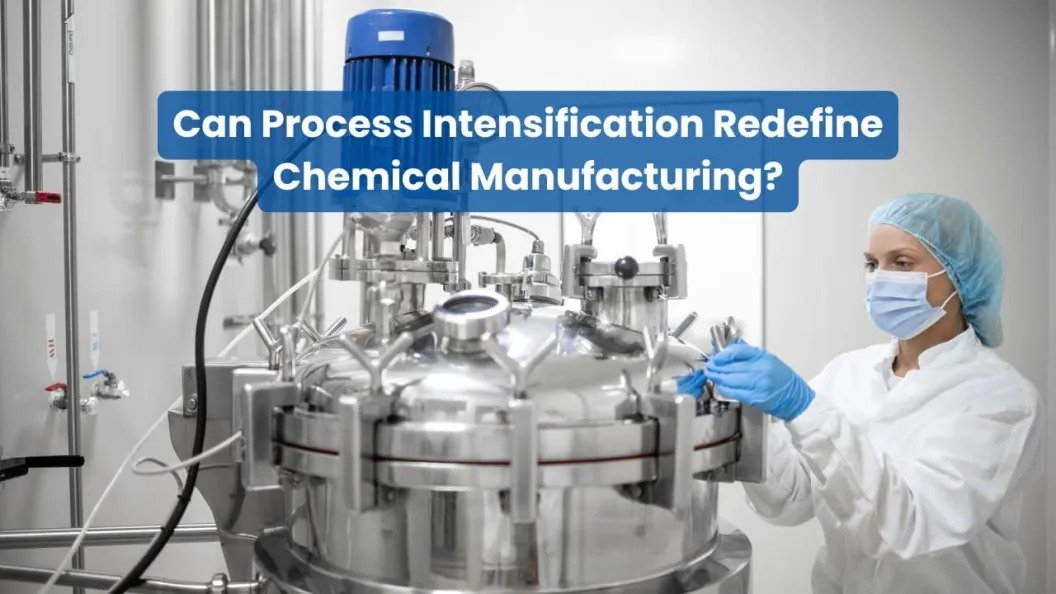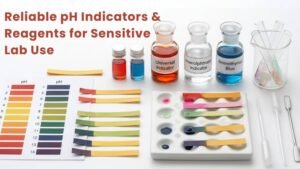The chemical industry has long been a cornerstone of global economic development, supplying the essential materials that fuel nearly every sector, from pharmaceuticals and agriculture to energy and electronics. Yet, as demand grows and sustainability pressures mount, traditional manufacturing methods are increasingly under scrutiny. Enter Process Intensification (PI), a transformative approach poised to redefine chemical manufacturing in the next decade.
What is Process Intensification?
Process Intensification refers to the design, development, and implementation of chemical processes that are significantly more efficient, compact, and sustainable than conventional methods. Rather than merely scaling up, PI reimagines how processes function at their core, often combining multiple steps into a single operation, reducing the footprint of equipment, and minimizing energy usage and waste.
Key characteristics of Process Intensification include:
- Reduced equipment size
- Increased energy efficiency
- Fewer process steps
- Safer operations
- Enhanced selectivity and productivity
Technologies like microreactors, reactive distillation, membrane reactors, and ultrasound-assisted processing are examples of PI in action.
Why Does the Industry Need Process Intensification?
Chemical manufacturing is traditionally associated with large-scale plants, substantial energy demands, and significant environmental impact. As global regulations tighten and industries prioritize carbon neutrality and resource efficiency, manufacturers are seeking ways to do more with less.
Key drivers for PI include:
- Environmental Regulations: Governments are mandating reduced emissions and waste generation.
- Rising Energy Costs: Efficient processes mean lower operating costs.
- Land & Infrastructure Limitations: PI allows for modular and mobile setups.
- Need for Agility: Markets are evolving faster than ever, and smaller, flexible systems enable quicker time-to-market.
- Global Competition: Companies must innovate to stay ahead.
Benefits of Process Intensification in Chemical Manufacturing
1. Enhanced Energy Efficiency
Many intensified processes use less energy due to improved heat and mass transfer rates. For example, microreactors can perform exothermic reactions more safely and efficiently because of their high surface area-to-volume ratio.
2. Reduced Equipment Size and Capital Costs
Smaller equipment translates to lower capital investment. Modular units can be rapidly deployed and expanded, ideal for startups or for scaling production in remote areas.
3. Improved Safety
PI can reduce the inventory of hazardous substances and confine dangerous reactions to small, controlled volumes, minimizing explosion or leak risks.
4. Sustainability and Waste Minimization
By merging steps and improving yields, PI reduces the number of solvents and reagents needed, generating less waste and improving overall atom economy.
5. Increased Process Control and Product Quality
Compact and intensified systems enable real-time monitoring and fine control, leading to better consistency and fewer product rejects.
Emerging Process Intensification Technologies to Watch
a. Microreactors
Microreactors are miniature, continuous-flow reactors that offer superior control over reaction parameters. They’re ideal for hazardous or highly exothermic reactions and are increasingly used in pharmaceutical and fine chemical synthesis.
b. Reactive Distillation
This combines reaction and separation in one unit, particularly useful in equilibrium-limited reactions such as esterification or etherification. It reduces process steps and increases conversion.
c. Spinning Disc Reactors
In this setup, reactants are introduced onto a rotating disc where they spread into a thin film. The result is intensified mass and heat transfer, suitable for fast and complex reactions.
d. Membrane Reactors
These reactors combine chemical transformation with selective separation, allowing certain products to exit the reactor, thus shifting the equilibrium forward.
e. Ultrasound and Microwave-Assisted Processing
These technologies enhance reaction rates and selectivity by energizing molecules directly and uniformly.
Real-World Applications of Process Intensification
1. Fine and Specialty Chemicals
Fine chemicals demand high purity and complex synthesis pathways. PI allows continuous, controlled production with less waste, ideal for pharmaceutical intermediates, colorants, and flavors/fragrances.
2. Bio-Based Chemicals
Producing bio-based chemicals often involves multiple separation and reaction steps. Integrated PI technologies streamline these processes and make renewable feedstocks more economically viable.
3. Hydrogen Production
Innovations in membrane reactors and micro-channel reformers have reduced the cost and increased the efficiency of hydrogen production, crucial for green energy systems.
4. Wastewater Treatment
PI plays a role in developing compact, high-throughput units for on-site chemical treatment, reducing the environmental impact of industrial effluents.
Challenges Hindering Widespread Adoption
Despite its potential, PI is not without obstacles:
- High R&D Costs: Developing novel systems requires significant investment in pilot studies and simulations.
- Lack of Standardization: Modular PI systems lack universal design standards, making integration complex.
- Resistance to Change: Industries used to batch processes may be slow to adopt continuous or intensified systems.
- Skill Gap: Engineers need new expertise in fluid dynamics, control systems, and micro-fabrication.
- Scalability: Transitioning from lab to commercial scale while retaining the benefits of PI can be challenging.
What the Future Holds?
As chemical manufacturing seeks to align with the United Nations Sustainable Development Goals (SDGs), Process Intensification will become essential, not optional. It offers a pathway to decarbonize operations, lower costs, and improve supply chain flexibility.
We can expect:
- Digital twins and AI-powered PI systems for smart factories
- More modular chemical plants for decentralized production
- Integrated PI systems for green hydrogen, CO₂ utilization, and bio-refining
- Government funding and academic collaborations to lower adoption barriers
Conclusion
Process Intensification is not just a buzzword; it’s a paradigm shift. Over the next decade, it promises to transform how chemicals are made: cleaner, faster, cheaper, and safer. For chemical manufacturers, embracing PI is a strategic move that meets both environmental and economic goals.
At a time when agility, efficiency, and sustainability are no longer optional, Process Intensification represents the future of chemical manufacturing.








